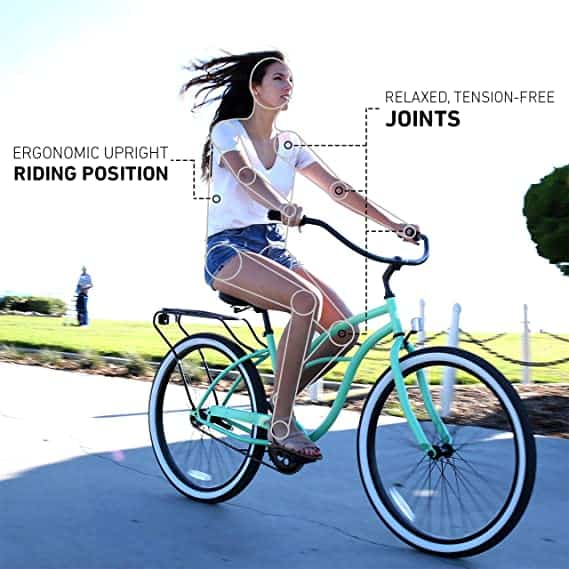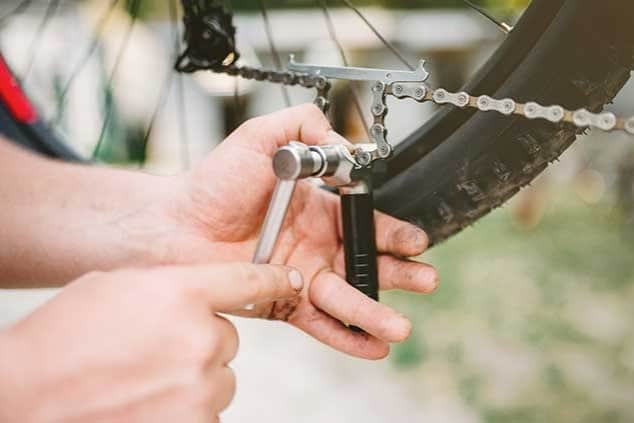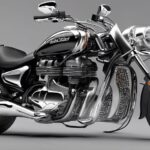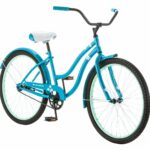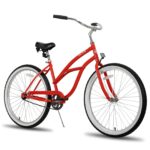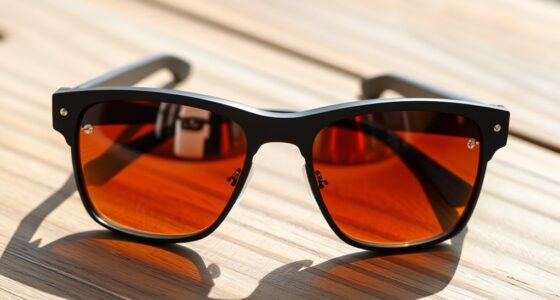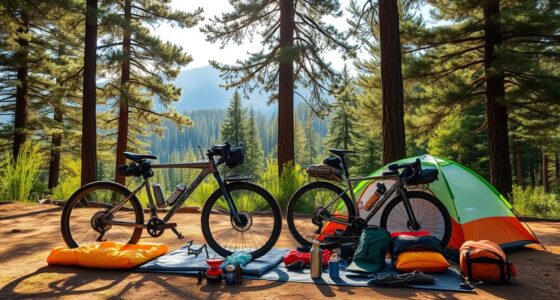Cruising on a cruiser bike is quite a straightforward endeavor, particularly for those new to biking. The design of this bike, with its handlebars and seat post positioned close to the ground, offers riders a sense of safety. This lower center of gravity allows most adults to easily touch the ground with their feet, mitigating the apprehension of taking a tumble.
Choosing a cruiser bike
Choosing a cruiser bike is an important decision that must be made with care. The bike you choose must suit your personal preferences and riding style. It should be able to stand up to rough terrain and have enough features to satisfy your riding needs. There are many factors to consider when buying a cruiser bike, including the size, materials, and frame.
If you are a heavy rider, you will need to choose a cruiser bike with sturdy construction and wide tires for stability. You will also want a comfortable seat to support your weight. The Schwinn Cruiser Bike is one such option. It is made for heavy riders and is available in several sizes.
The suspension fork is another important factor to consider when choosing a cruiser bike. Its spring rate determines how much it compresses when hitting bumps. A spring rate that is higher means that the suspension fork will not bottom out as easily. A suspension fork will also provide more stability and better traction.
The frame of a cruiser bike is usually stronger than that of a regular mountain bike, which means a longer tire life. As a result, you don’t have to worry about replacing the tire every few days. A cruiser bike’s frame is also lighter than a mountain bike’s. Most cruiser bikes are made from lightweight aluminum.
Another important feature of a cruiser bike is comfort. A bike should have a large, padded seat for comfort. It should also have a wide handlebar to give you a comfortable riding position. A cruiser bike should also have a durable, balloon-style tire. This type of tire is thicker than a mountain bike’s.
Lastly, choosing a cruiser bike should be based on the type of riding you plan to do. Cruiser bikes are generally designed to accommodate 250-300 pounds of rider weight. However, there are some models that can support as much as 350 pounds. If you plan to ride for long periods of time, a cruiser bike is the best option for you.
Cruiser bikes are generally single-speed bikes. They are easy to use and maintain, but single-speed bikes are not ideal for rough terrain or hilly roads. They are generally more expensive to purchase and maintain. So, be sure to consider your budget before choosing a cruiser bike. The price will vary depending on the model.
A cruiser bike should be stylish and comfortable. The Huffy Classic cruiser is a great example of a high-quality cruiser bike. This model offers plenty of features and a low price. It will definitely get second looks when you ride it. Another high-quality cruiser bike is the STZ beach cruiser. It provides style and comfort with functionality.
Choosing a cruiser bike based on its comfort
If you are looking for a bike that will keep you comfortable for long rides, you can consider a cruiser bike. They are designed for comfort and have additional features like extra gearing and suspension. Although they may be more expensive, cruiser bikes are more durable and are recommended for riding on varied terrain. They also offer more features, such as a comfortable seat, large tires, and internal hubs.
While a cruiser bike is not as comfortable as a comfort bike, it is more stable and requires less maintenance. They are best for slower riding and coasting, while mountain bikes are designed for faster riding. Both types of bikes have their advantages and disadvantages, but cruiser bikes are a good choice for casual riding.
Comfort bikes are an outgrowth of cruiser bikes, but they still have features of road and hybrid bikes. These bikes are shaped for comfort, so they have longer frames to provide extra stability. They are also often equipped with suspension seatposts and springs. They may also come with a front suspension fork. They typically have multiple gears and are designed to accommodate a wide variety of riders.
Whether you are riding a cruiser bike for fun or fitness, you should always consider the comfort of the bike. A good cruiser bike should be comfortable and provide a feeling of strength and endurance. The rider should also consider the weight and size of the bike. Most cruiser bikes weigh less than 30 pounds, making them ideal for short trips. Moreover, most cruiser bikes are designed for road use, not for freeways.
Cruiser bikes have many unique features that make them ideal for casual riding at slow speeds. These bikes feature a large steel frame, wide handlebars, and an upright riding position. The tires on these bikes are usually wide and thick to provide flotation in rough terrain. The rider’s comfort can be further enhanced by the presence of a cushioned saddle. Single speed cruiser bikes do not have front suspension.
If you’re unsure about which type of bike to choose, consult a bike shop. They can help you choose the right bike and suggest maintenance tips. They can help you decide what will work for your needs and what will keep you comfortable for long rides. So, when in doubt, choose a bike based on its comfort and suitability for your style.
Cruiser bikes can be difficult to ride up steep hills. You’ll have to pedal much harder than you would on a normal bicycle, and this may make you feel discouraged. For this reason, you should buy a bike that features a gear system. If you ride a cruiser bike for leisure purposes, you’ll be happier with it if it offers a comfortable riding position.
